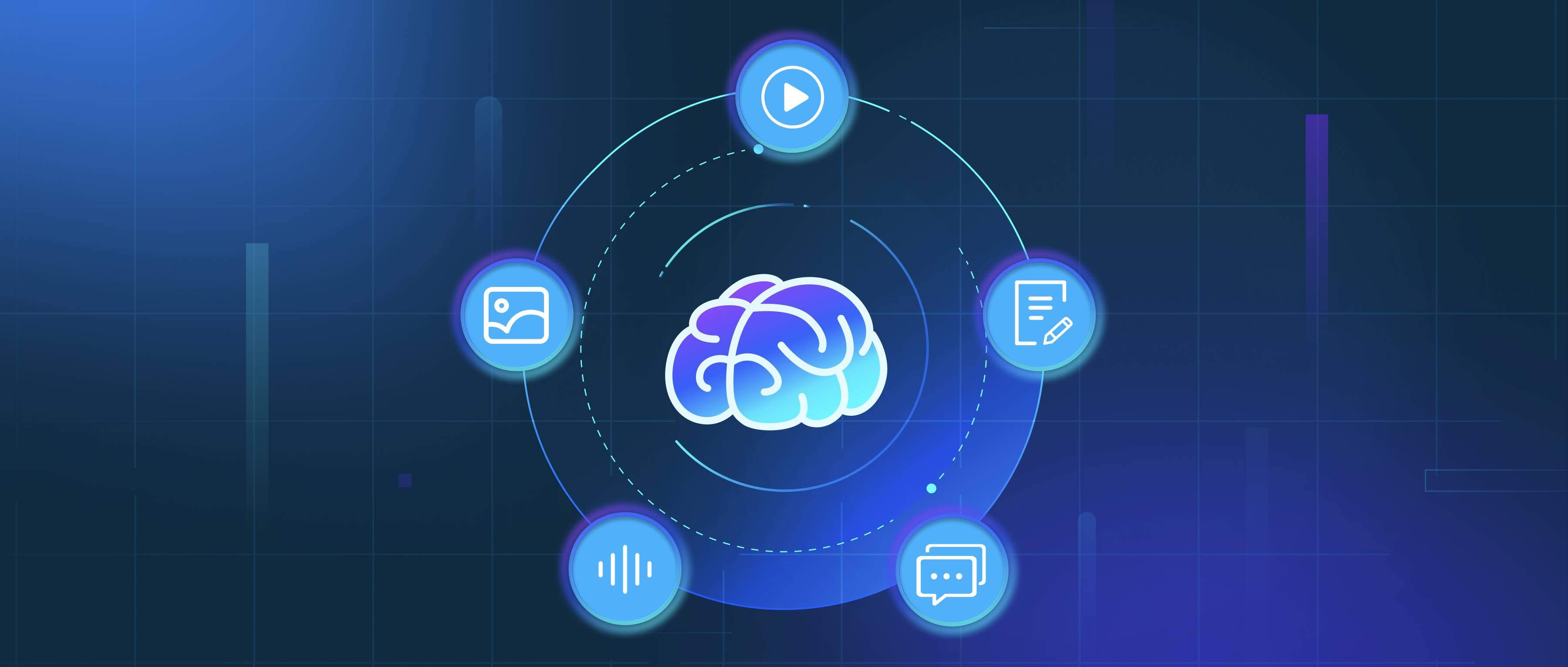Testing and debugging LangChain applications involves a structured approach similar to other software development processes. Begin with creating unit tests for your chain components and tools. These tests should verify that each individual function behaves correctly and produces the expected outputs. For instance, if you have a custom data loader or a specific transformation step in your chain, write tests that cover normal cases, edge cases, and any potential errors. Using a testing framework like pytest can help you automate these tests and run them efficiently as you make changes to your code.
Next, it's important to implement integration testing to ensure that the different parts of your LangChain application work together as expected. An integration test might involve running a complete chain of components, from input to output, and checking if the results align with your expectations. You can also use a mocking library to simulate various external dependencies or APIs that your application interacts with. This ensures that your tests are not only accurate but also allow you to catch errors stemming from interactions between components without needing the whole system to run.
Lastly, for debugging, utilize logging and debugging tools effectively. Adding detailed logging throughout your application can provide insights into its behavior at runtime. Logs should capture key events, inputs, outputs, and any errors that occur. Using a debugger can also help you step through your code to inspect the state of variables and understand how data flows through your LangChain application. By combining thorough testing with effective debugging techniques, you can enhance the reliability and performance of your LangChain applications and address issues as they arise.
